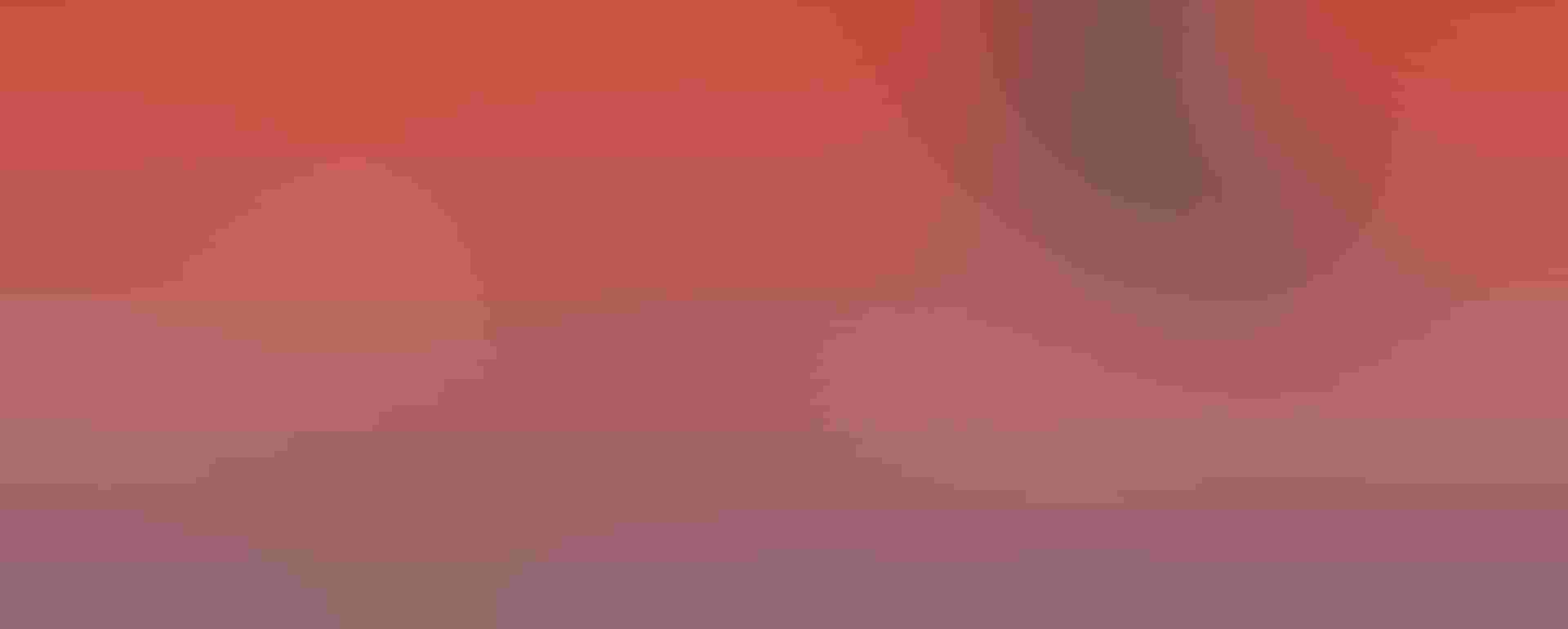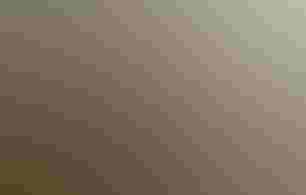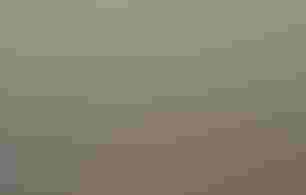Now Hiring: Spring 2100 openings for avian ecosystem operatives, greater Albany, New York, region
By Yoon Ha Lee
Make your mark as an elite member of the Northeastern avian community. The Ornithology Repopulation Institute is the largest organization working to restore and conserve the North American birdscape. The Institute is committed to involving birds in the creation of a sustainable world. We are known for placing avian populations with teams dedicated to fostering their prosperity. Examples include rehoming the Greater Garuda to Canada’s Rocky Mountains and adjusting the migratory pathway of the Baird’s Sparrow to benefit predators, as well as harness its seed-dispersal abilities to restore the Great Plains. We receive support from the National Ecotopian Institute and other groups, and federal funding through the 2079 Species Restoration Act. We employ dozens of ornithologists working with climatologists and ecologists, and more than 300 avian species.
We are pleased to announce a call for applications for multiple avian species in the Albany region. We seek proven birds to provide critical ecosystem functions, such as serving as primary prey for burgeoning Loggerhead Shrike and Swallow-tailed Kite populations, and keeping insects in check to reduce crop loss and control the malarial outbreaks plaguing people. Experimental hybrids with a projected ability to endure extreme heat, heavy rains, and flooding are also encouraged to apply. Healthy interaction cycles with local flora and fauna are a must. Certifications from the North American Tevat Foundation and the Biodiversity Oversight Committee are mandatory.
Expertise in coexisting with humans, particularly residents of Albany’s environmentally controlled domes and transient refugee populations, is especially valuable. Placements are available along the Atlantic Flyway, with an emphasis on reforestation plots north of Albany, marshes on the Hudson River, and coastline directly to the east. Species that prove to be exemplary self-starters will be considered for migratory positions. These will be assigned based on suitability, the Institute’s habitat viability targets, and criteria specified by the 2062 U.S.-Canada Avian Preservation Treaty. Priority will be given to reclamation species that establish permanent communities along the route and improve habitat suitability, paving the way for other species to move in. One of our success stories is the resurgence of the Hermit Thrush, whose nanite-enhanced immune system allows it to flourish in areas with endemic mutant yeast infections and devour toxic insects and amphibians at former tar sands mines.
Hirees will receive the following support: relocation assistance; nesting sites (subject to approval); guidance identifying sustenance; and on-site monitoring for disease, pests, radiological hazards, pollution, and other unforeseen factors. Successful candidates must sign a waiver acknowledging the inherent unpredictability of natural forces and indemnifying the Institute against legal action in case of catastrophic climate shifts. No restitution payments will be made to families of birds consumed by predators; this falls within the essential job duties and should be viewed as success in the role.
All applicants should submit a full genome analysis and sustainability requirements, as well as projected acceptable habitat statistics under the National Climate Assessment’s designated Representative Concentration Pathways through 2150, specifically the Red, Orange, and Green scenarios. Include a statement of purpose and three letters of recommendation, from humans or avians, attesting to your abilities. Submit all materials to our administrative AI at cloudlink://apply.ori.ai.
Yoon Ha Lee is a science fiction and fantasy writer and author of the award-winning space opera trilogy The Machineries of Empire.

The Ingenious Futility of Warblers
By Ashley Shelby
The morning’s glaze event had imprisoned the buckthorn in capsules of ice. The young trees in the front yard, already dying, were also entombed in glass. Above the winter-struck continent, the strange warmth circulated, creating a silver thaw. Ice storms had once been rare and beautiful, but now they only underscored the weirding, which the world had accepted by calling it something else. The extinctions were species sabbaticals; the endless wildfires were cleansing breaths; the tumescent oceans reclaiming coasts were opportunities for sea creatures to explore new territories. The lies helped if you allowed them to.
It was while Claire stood at the window, no longer listening to her husband’s impassioned disavowal of their daughter’s new diagnosis, that the Golden-winged Warbler appeared, just as it had every morning for the last week. A tiny nugget of yellow and gray, it fluttered against the glass before settling on to the sill.
Claire knew this bird, and not just its species or clade. She knew it personally. It was a male with a black mask, a black bib, a sun-bright crown, and a single clouded eye. He watched Claire through the glass as if he were an emissary from a lost palatinate whose language she no longer understood. There had been a time, when Claire was a child and the seasons were just beginning to merge, that she could hear them, too. That was over now. She was no longer fluent. Only Bick knew what the birds said, though Svante called it imagination and the psychiatrists called it mental illness.
But Bick had stopped telling about the birds now. She denied they spoke at all. She’d realized that if she pretended she couldn’t hear them, the visits to the therapists would stop. The urgency and fear of the adults would disappear, along with the pills that did not stop the birds from speaking to her.
At the psychiatrist’s office, Svante had railed on about pathologies and overmedication. “Everyone hears the voice of the natural world,” he’d said. “It’s called biophilia. You’re trying to make that into a disease?”
“There is a biophilic element to Dolittle Phenomenon,” the psychiatrist had replied. “It falls under the umbrella of solastagia, the suite of environmental maladies. But you’d be mistaken if you think affinity for nature is inoculation against mental illness. It is worth re-stating: Your daughter says birds speak to her.”
“And I hear burbling brooks. Loons crying. The wind singing in the leaves.”
“You know the difference between the figurative and the literal, Mr. Peake.”
Svante crossed his arms across his chest. “I’ll be damned if I let you people pathologize my child’s imagination.”
The psychiatrist tried to catch Claire’s eye. “The presence of hallucinatory voices coming from animals, flowers, or bodies of water are a hallmark symptom. I had a client who said he heard thrushes talking, condemning him for something they would never specify. Later, he said a blackbird came and looked at him judgmentally.” Claire felt as if her skull was open to the sky and a single raindrop had splashed onto her brain.
“They do that,” Bick said suddenly. “They can be jerks.”
“Stop it, Bick,” Svante pleaded.
She’s right, Claire thought.
“What happened to him?” she asked.
“To whom, Claire?”
“The man. The one who said birds talked to him.”
“A warbler told him to put bleach in his eyes, so he did.”
Bick leapt up. “She’s lying! They would never say that. Warblers aren’t mean. They’re confused.”
A disfiguring silence fell upon them. Claire trained her gaze out the window. A black squirrel sat motionless in the hollow of a tree, as dark as a tumor, and as her stare deepened, the tree seemed to absorb the animal, as if reclaiming a part of itself. She heard Svante and the psychiatrist speaking, but did not understand what they said. She closed her eyes. When she opened them again, the warbler with the clouded eye—her voiceless interrogator of the last week—was on the ledge. It tossed back its head, opened its beak to the sky, and made a sound like the fizz of an insect’s wings. Claire gripped Bick’s hand. “What does he want?” she whispered. “What does he say?”
“The same thing he always says, Mommy. The only thing any of them say. The same thing they said to you.”
“What do they say, Bick?” the psychiatrist asked.
Claire knew. It was a question. The same question they’d asked her when she was the child in the therapist’s office, when she was the one who could hear them and who then pretended she couldn’t because it was easier. But still they sought her out. And what they asked, every time, in their different dialects and their different accents, was what are these changes?
Ashley Shelby is author of South Pole Station: A Novel.

The Colors of Change
By Kira Jane Buxton
She watches with burning red eyes. She knows this lake—her lake—but the muscles under the chessboard feathers of her back flicker like the silver and olive killifish fizzing at her webbed feet. Something has awakened under her wings.
Change is coming. She feels it’s close.
From the lake, the loon’s buoyant body searches for it. Her beak, black as a burnt forest, points to the shoreline where a panting bear once rifled through crayon-colored tents. To the brittle ebony stalks and scorched soil; what the fire ate before it was stopped. For now. To where the shore stones huff a heat they’ve never known. To where shoulder to shoulder, parched trees pierce the sky with their spires, casting freckles of sunlight. After these summer days, even the lake must catch its cool breath.
She raises her beak to a sun that has swooped low, its orange flames melting clouds like plump, unshorn sheep and loosing a shiver of golden snakes across the lonely lake. The green of a feathered fern, the lake’s blanket of algae has fire’s appetite, breathing out toxic bubbles, rich and rotten. It garrotes gills, painting the water in emerald slime. She dips her beak below the waterline, into a world of walleye, sunfish and slippery leech.
But this is the loon’s lake, and she knows there is something else. Something close. Something odd. Something that doesn’t belong here. Instinct nibbles at her like the fish at her feet.
At the lip of the lake, she finds the change. There in the shallows stands a being new to her eyes, accusing eyes that shine the bruised red of a rose. Legs like blushing pink branches. It snakes an eel-neck from side to side, then sifts a canoe-like bill into the muck, sifting through chestnut mud. Foreign feathersare the startling pink of a leaf-skinned hatchling. This is not a bird of a winter white world and a land of lakes, but a bird from warmer lands, where the air is thick and salty, tickled by orange blossom. Where the hurricanes swing their fists and the alligator sludges through the soup of swamps. This bird does not belong in her lake, in her burning eyes, in her world.
The loon cries out—a single note of sound, sharp assault.
You do not belong here. This is where I belong.
The spoonbill, pink and orange and white, stands tall, tensing. A female too. Young. A strange body in a strange land. Their eyes meet. The loon will fight for her lake. She moves to charge.
She cannot.
She is arrested by color. The bright fuchsia bird relaxes, scooping her great bill into the water, sifting aside its green skin.
The loon remembers when the lake was cold and deep and clear. Now warm andshallow, its throat is drying up. Now all these new colors burn bright—the black of the burnt, algae’s greedy green, orange fire of the sky, the raucous pink of this bird. Change beams in bright hues all around her. She has lost the lake she knew to them.
The change is bigger than this pink bird, her lake, bigger than her belonging. It is all around, bright and bold; fire on her feathers. The loon and the spoonbill are the same; survivors, strange bodies in strange lands. Nothing belongs to us in a warming world. We all belong to each other.
An indigo howl streaks across the lake and haunts the hearts of living things. The call is for the loon. She returns his companion call with a song of pure earthly belonging, a sound that migrates across the greening lake, returning to him, her home. I am here, her songs says. We belong. We belong. We belong.
Kira Jane Buxton's writing has appeared in The New York Times, McSweeney’s, and more. Her novel, Hollow Kingdom, traces a pet crow's fight to save humanity from an apocalypse.

Seeing Her
By Olivia Clare
On the phone, Allison had said it again. That she was going away soon, and she wouldn’t be back. “To where?” I asked.
“North,” she said. “That’s the best way. And you should come with me. Mother would want that.”
We’d buried our mother seven years ago, when I was 19 and Allison was just 16.
And Allison was right. Our mother would want that. Thousands of people were leaving southern states in flocks. Many people didn’t have a choice. Soon, none of us would. The temperatures continued to rise, the land was eroding, each year, each season, at rates even faster than had been predicted. Even Allison, who’d started to track weather through various apps on her phone and by hand in a thick green log book she kept by her bed, could not keep count of the number of tropical storms and hurricanes that battered Mississippi and Louisiana that year. But she knew the names and dates of the biggest storms by heart. Each week—each day—brought worse news.
Allison had been to doctors, had been on and off medication, almost all her life. I wouldn’t ask anything about that now. She hated to talk about doctors. I subletted my apartment, packed just ten boxes, left my job, and drove to Hattiesburg for Allison, the only person still alive who I loved. I would help her pack.
When I arrived at her apartment, the door was unlocked, and she was in bed, in a cotton nightgown so thin it was transparent at the elbows. She told me she’d wanted to organize her things, to prepare, but she hadn’t been out of bed in days. A kind of paralysis, she said. It wasn’t physical, exactly. It was that the whole world had become impossibly unreal, and there was nothing to hold on to. The problem was the speed of it. The world leaving us, the people, and the animals—the yellow-crowned night herons that once arrived every spring, the squirrels scaling the branches, the deer we’d so often seen as children, flashing through the pines—all of them leaving Mississippi.
For two days we packed Allison’s belongings. In the evenings, I sat with her in bed while we ate our dinner and sipped from small tumblers of sweet wine. On the third day I had just helped her to bed—early, at five o’clock—when she told me this: that she was a bird, and if I didn’t understand that, then I could leave. She had no room in her life for anyone to doubt her.
“What kind of bird?” I asked, showing her I did not doubt, would never doubt.
“A nuthatch,” she said. “You’ve seen those?”
I had. She had a large picture window in her cramped living room that looked onto the woods behind her apartment complex, and in previous years I’d liked to sit there, watching the dips and starts of birds in the trees. What was frightening was that each time I visited Allison, every year, I saw fewer and fewer birds. This time, I’d seen only one nuthatch. Just one, and she’d seemed to fly cautiously, with great awareness.
I was not surprised when now, after Allison had fallen asleep, I went to the living room and looked out the picture window and saw the brown-headed nuthatch again, perched on a low branch. Yes, that was her. The same one I’d seen. Her head moved in quick beats, her feathers tousled. She looked calmer than I felt, calm in a world that was not good to her. It was impossible, but I wanted her to look over and see me, and for us to really see one another.
“Allison!” I called to the other room. I wanted to show her. “Allison, it’s the nuthatch!”
I waited for my sister to respond. Nothing. I heard nothing. The nuthatch turned her head in my direction. She was about to look at me.
Olivia Clare is the author of a book of short stories, Disasters in the First World, and a book of poems, The 26-Hour Day. Her novel is forthcoming from Grove Atlantic.



